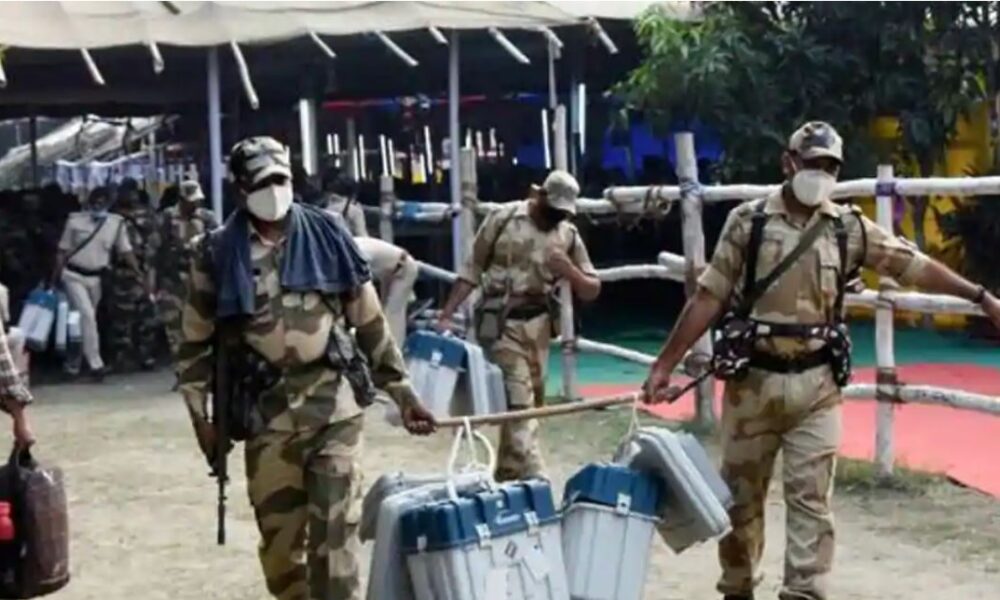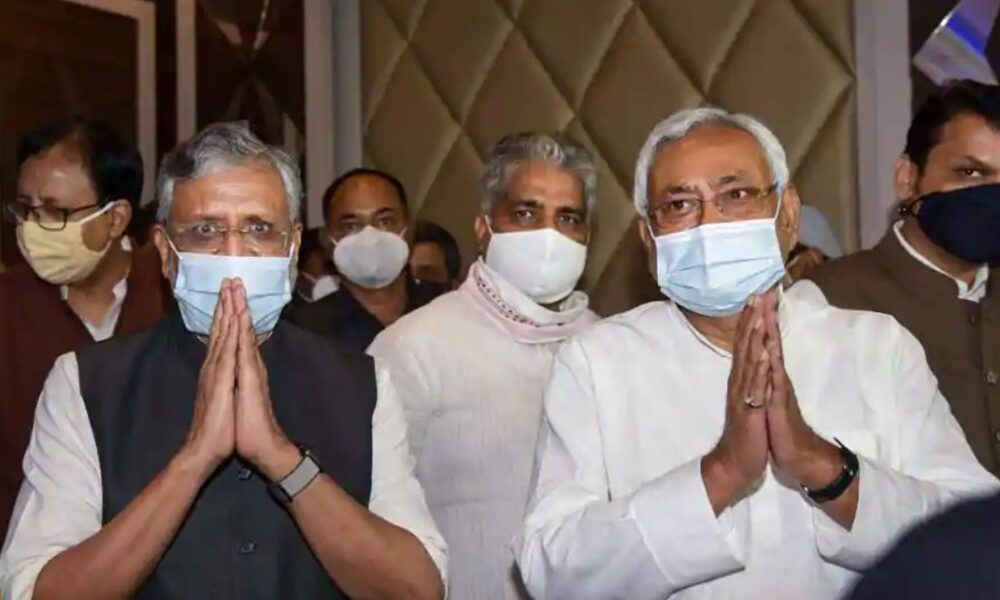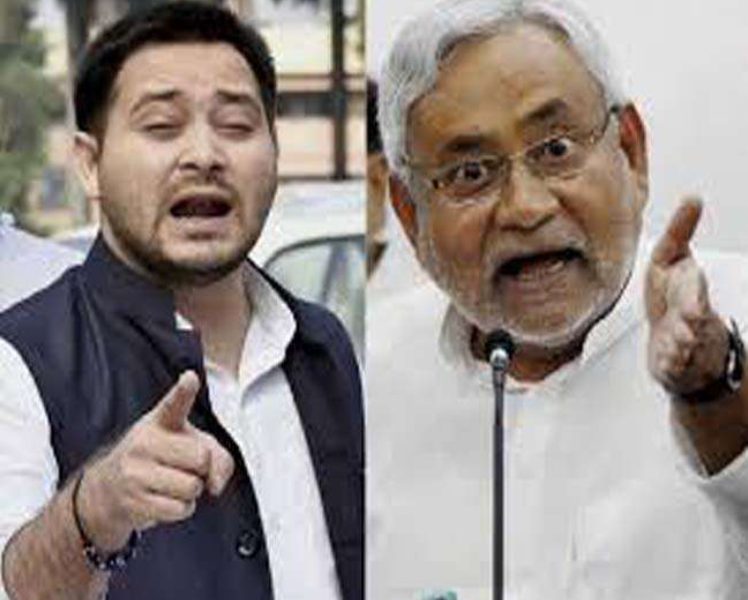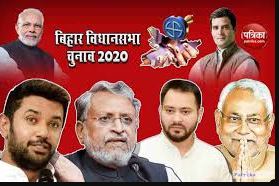Tomorrow’s counting to decide if state is ready for a young CM
Bihar Assembly Election 2020
The three-phase Bihar elections, which were the first to be conducted amid the coronavirus disease (Covid-19) outbreak, have another first. This is the first election in three decades that was held without RJD chief Lalu Prasad, who is languishing in a Ranchi jail following his conviction in multiple fodder scam cases, and Lok Janshakti Party’s (LJP) Ram Vilas Paswan, who died in October following a brief illness.
“Wait for the counting day,” said Rajiv Ranjan, a spokesperson of the ruling Janata Dal (United).
Counting arrangements:
Election Commission of India (ECI) have made elaborate arrangements for counting of votes on Tuesday.
The ECI has set up 55 counting centres in all the 38 districts of the state, which had voted in three phases on October 28, November 3 and November 7.
Three counting centres each have been set up in four districts of East Champaran (which has 12 assembly constituencies), Gaya (10 seats), Siwan (eight constituencies) and Begusarai (seven constituencies).
A three-layer security has been provided at counting centres. The first layer comprises Central Industrial Security Force (CISF), the second layer is of Bihar military police and the third of district armed police for 38 strongrooms across the state.
“Bihar police officers are ensuring their safety from outside,” said a senior police official of the state police headquarters, adding that 1900 Central Armed Police Forces (CAPF) are guarding 38 strong rooms, including in the state capital.
The AN College premises in Patna are the biggest strongroom in the state as the EVMs of 14 constituencies of Patna district are stored. At least one section of CAPF personnel would be deployed in the innermost perimeter round the clock. Video cameras would be provided to CAPF personnel to record all visits by polling personnel and polling agents.
A total of 106, 524 EVMs are in different strong rooms across 38 centres in Bihar, which will decide the fate of 3558 candidates including 370 women and a transgender in the fray for the 2020 Assembly elections. The counting process starting at 8am on November 10 will be videographed, officials said, adding postal ballots would be counted first.
Turnout
Bihar recorded 57.05% turnout in the assembly elections this time, marginally higher than that of 2015 despite the Covid-19 pandemic, as per official data. The voter turnout in the elections held in 2015 was 56.66%.
Election issues
In this assembly election, employment overshadowed development as the poll narratives changed from more development to jobs for youth.
The RJD-led Grand Alliance set the ball rolling on this with a promise to provide 1 million jobs. Though the ruling NDA alliance initially mocked at the proposal, the Bharatiya Janata Party (BJP), a party of the National Democratic Alliance with the JD (U), was compelled to announce 1.9 million jobs to youth in various sectors. “We have a road map for this exercise. The RJD is trying to fool innocent youth,” Dr Sanjay Jaiswal, the BJP’s Bihar unit chief, had said after the release of the party’s manifesto.
Four alliances, six candidates
This assembly election was unique in more than one way. The state witnessed participation of no less than four alliances and there were six chief ministerial candidates in the race.
Besides NDA, an alliance of four parties — the BJP, the JD (U), HAM-S and Vikassheel Insaan Party (VIP), the GA had the RJD, Congress and Left parties.
IN addition to this, the Progressive Democratic Alliance (PDA), an alliance of four parties, Jan Adhikar Party (JAP), Azad Samaj Party, the Bahujan Mukti Party (BMP) and Social Democratic Party of India (SDPI). The Grand Democratic Secular Front (GDSF) of the Rashtriya Lok Samta Party (RLSP), the Bahujan Samaj Party (BSP) and the Janwadi Party (Socialist) and Asaduddin Owaisi-led AIMIM also contested the polls.




